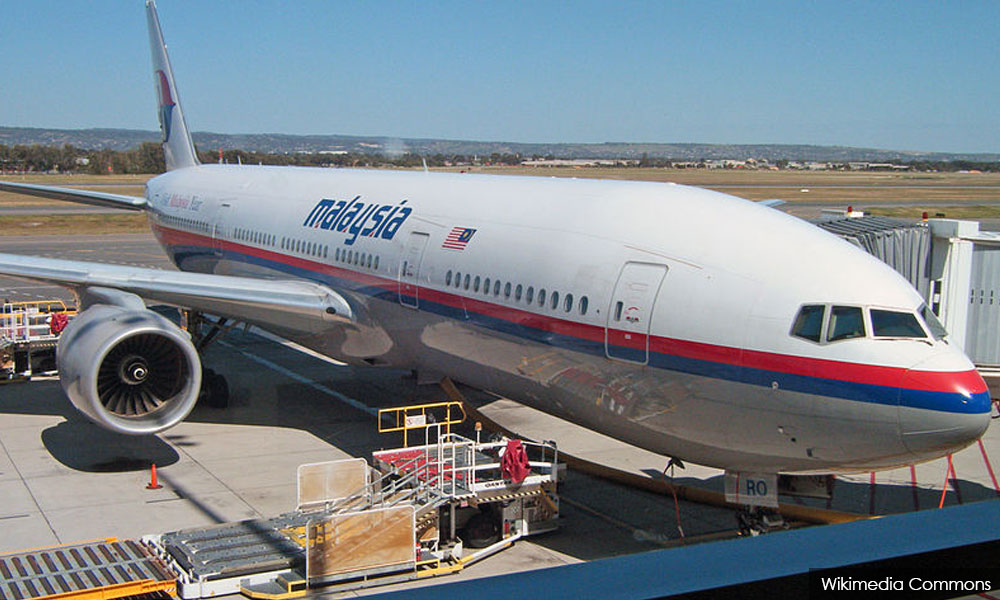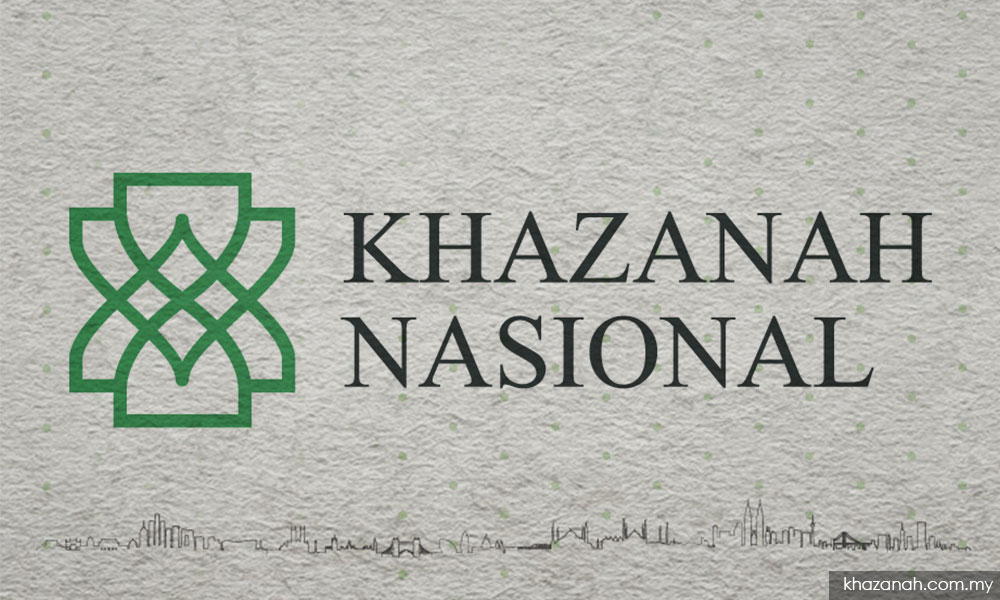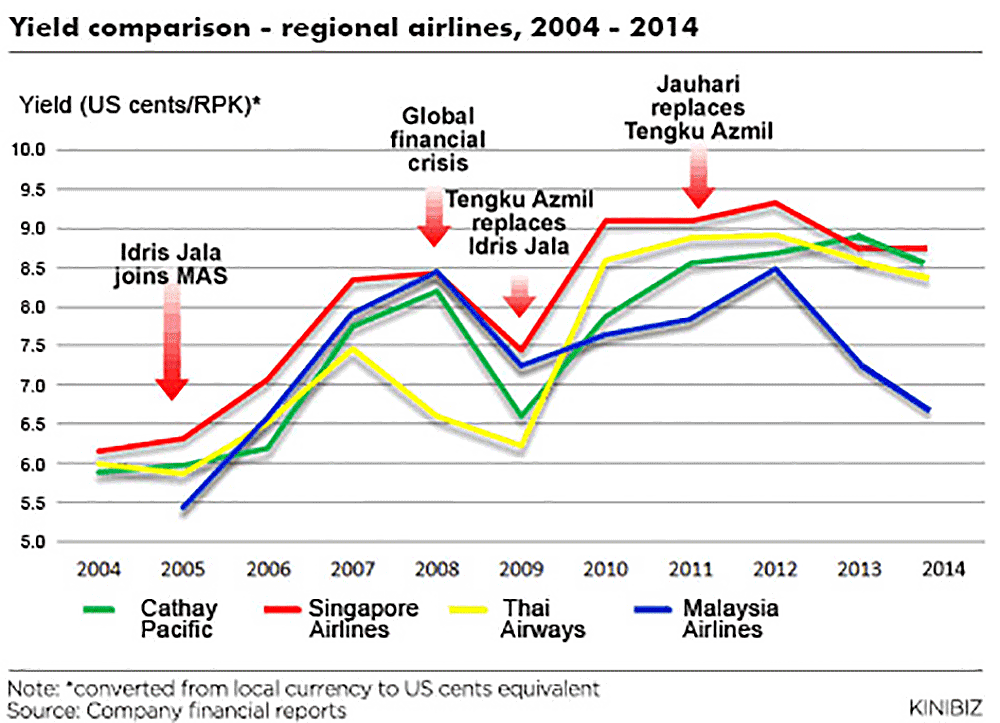
QUESTION TIME | Despite a RM6 billion rescue plan by its parent Khazanah Nasional, which owns 100 percent of Malaysia Airlines Bhd, the airline is still bleeding red ink. By now RM23 billion has been sunk in to rescue the national airline, including government rescues over the years.
Predictably, this has again raised questions of whether the airline should be permanently shut down or whether it should be sold to private sector interests who may be able to turn it around.
Both may not be viable options for a strategic industry which is vital for national interests because it ensures connectivity with the rest of the world.
Airlines are very much a cyclical industry and fortunes wax and wane with business conditions such as downturns and oil prices. But if the right policies, the right people and the right strategies and tactics are in place, airlines can be turned around.
To put it bluntly, the task facing Malaysia Airlines is to do what is necessary to turn it around into profit and make it a viable airline. It has made good profits in the past and, therefore, it can be turned around. Just find out how to do it and well, do it.

Malaysia Airlines was listed before, but it was taken private in August 2014 by Khazanah Nasional via an RM1.38 billion buyout. But injections of further amounts, amounting in all to RM6 billion, including an expensive lay-off, have not managed to turn the airline around.
Regrettably, with privatisation, analysable information from Malaysia Airlines dried up with Khazanah not disclosing detailed financial information, making it difficult to tell what’s really happening.
But it is very clear the airline is losing tonnes of money. The Edge reported that for 2017, according to filings with the Companies Commission of Malaysia (SSM), Malaysia Airlines’ net loss increased by 85 percent year on year to RM812.11 million. It lost RM2.35 billion between 2015 and 2017. The figures for 2018 have not been filed. Khazanah, meantime, took an RM3.7 billion write-off for its Malaysia Airline stake.

So what’s wrong with the airline? In 2015, German Christoph Mueller (above) took over as CEO of Malaysia Airlines, but stepped down barely a year later for another job. His focus, as part of a Khazanah inspired plan, was to cut costs - costs were identified as the airline’s main problem. That was a mistake as I explained here.
The problem, historically, with Malaysia Airlines was that its revenue was too low for the size of its operations. In financial speak, the yield per unit capacity was depressed. Getting maximum revenue is a function of optimising capacity usage and yields in a complex and continuous operation using computers.
As a full-service airline, it has higher costs, but as it turns out, its cost per unit capacity was lower than that of most other comparable carriers. Cutting cost was not going to be enough, but increasing revenue could make all the difference.
What Malaysia Airlines did not do was to put enough effort into increasing revenue by optimising revenue via a judicious increase in fares, while ensuring that capacity was still high enough. This is not easy to do, but to slash fares to compete with regional airlines was foolhardy. You cannot win a cost battle with low-cost airlines unless you become one yourself.

The chart is instructive. When Idris Jala took over as CEO of Malaysia Airlines around 2005 after prolonged massive losses, the first thing he looked at was increasing yields measured as revenue per unit capacity utilised. (For those who want to know more, this article explains it in detail.). In this, Idris succeeded and the airline turned around.
The yield fell sharply in 2009, post the world financial crisis. While the other airlines showed a quick recovery in yields the following year, Malaysia Airlines took a much longer time to recover, but thereafter it fell precipitously. After 2014, the figures were not available as Malaysia Airlines did not provide them following the privatisation.
That precipitous fall was probably because of bad yield management in a senseless competition with the low-cost airlines, which they could not win because as a full-service airline, their costs were bound to be higher. This continued during Mueller’s time as CEO and his successor, Peter Bellew, who came from a low-cost airline.
Both Mueller and Bellew cut costs to such an extent Malaysia Airlines’ services suffered and it lost its long-standing position as a 5-star airline in Skytrax's prestigious rankings.

However, under Captain Izham Ismail (above, left), who took over on Dec 1, 2017, it has been rated the Best Airline in Asia at the Patwa International Travel Awards at ITB Berlin in March. The Patwa (Pacific Area Travel Writers Association) awards recognise individuals and organisations that have excelled in promoting tourism across aviation, hotels, travel agencies, tour operators, destinations, government bodies and tourism ministries.
This is a big achievement coming after the two crashes and the years of losses and no awards at all during this period. Also, since Izham took over only in December 2017, he would not be responsible for the large losses in 2017, but Bellew was.
It indicates that Malaysia Airlines is returning to some stature again after a long period in the wilderness. It also provides an opportune time for Malaysia Airlines to examine the possibility of judiciously increasing its fares, occupancy and revenues through skilful yield management, the key to all airlines’ profitability.
Give Malaysia Airlines a bit more time. It may come through yet, and Khazanah may be able to write back some losses.
In a previous time as an equity analyst and research head, P GUNASEGARAM had plenty of opportunities to take a close look at Malaysia Airlines. E-mail: t.p.guna@gmail.com - Mkini


No comments:
Post a Comment
Note: Only a member of this blog may post a comment.